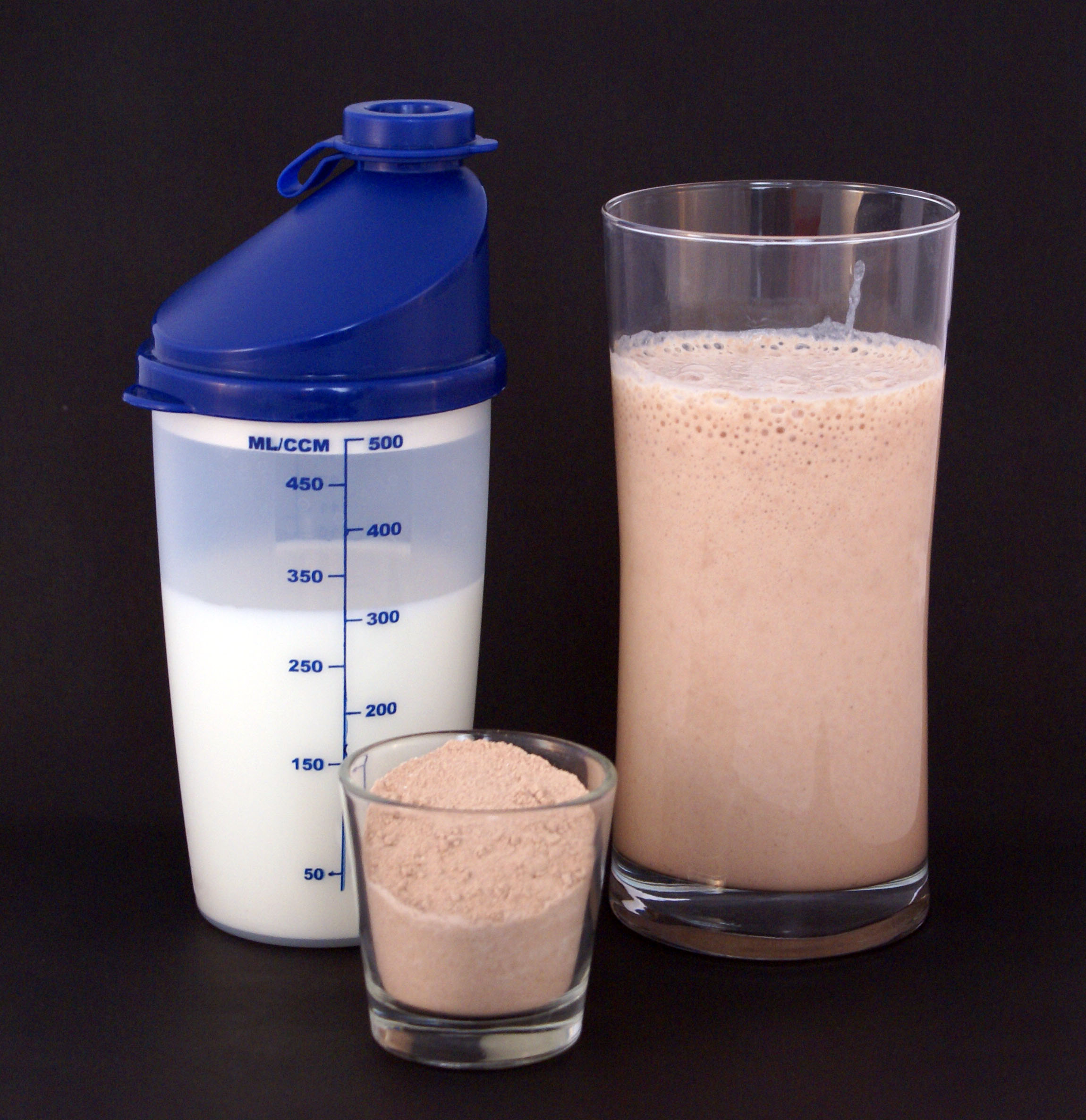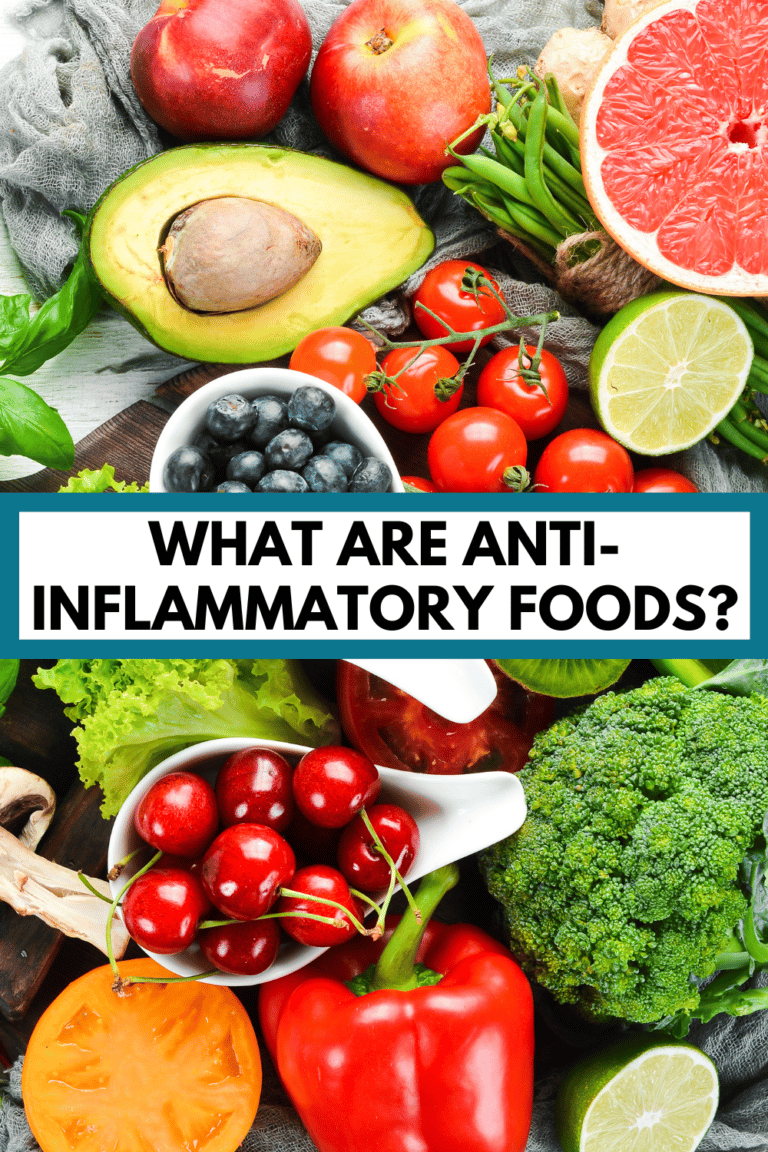
If you’ve been scrolling through health articles or flipping through magazines lately, chances are you’ve encountered the buzz around ‘anti-inflammatory foods.’ It’s a topic gaining significant attention, and for good reason: as we gracefully navigate life beyond 40, understanding how our diet impacts our body’s internal state becomes increasingly crucial. This isn’t just about feeling good in the short term; it’s about laying a foundation for lasting well-being.
Inflammation itself is a natural, vital process—your body’s immediate response to infection or injury, like a cut finger or a sore throat. This acute inflammation, characterized by redness, swelling, pain, and heat, typically resolves once the issue is addressed. However, there’s a less obvious, more insidious form: chronic, systemic inflammation. This kind can persist for months or even years, quietly damaging organs and playing a role in nearly every major illness, from heart disease and Alzheimer’s to certain cancers, diabetes, and depression. The good news? The choices we make at the grocery store can significantly influence this internal battle.
Our aim here is to provide clear, useful, and expert-backed advice that you can easily incorporate into your daily life. Registered dietitian Julia Zumpano, RD, LD, explains that an ‘anti-inflammatory diet’ isn’t a rigid regimen but an overall style of eating, often reflecting patterns like the Mediterranean or DASH diets. These approaches, supported by positive research, are not only successful in reducing inflammation but also help manage cholesterol, weight, blood pressure, and blood sugar. By focusing on whole, minimally processed foods, you can empower your body to soothe and prevent inflammation, leading to benefits like clearer skin, decreased joint pain, improved sleep, more energy, and even weight loss. Let’s dive into some of the top foods that doctors and nutritionists recommend to help you thrive after 40.
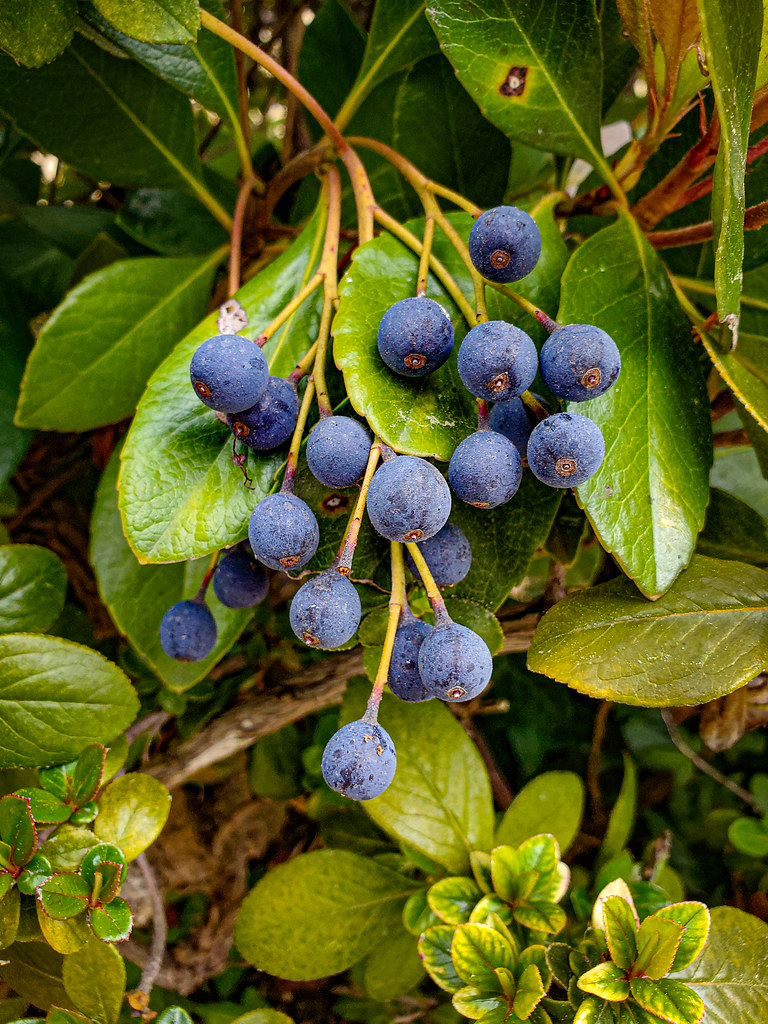
1. **Berries**When it comes to concentrated anti-inflammatory power, a handful of berries can truly make a difference, often surpassing the benefits of many supplements. Their profound impact largely stems from compounds called anthocyanins, which are the vibrant pigments responsible for their deep blue, purple, and red hues. These powerful antioxidants don’t just make berries visually appealing; they actively work within your body to combat oxidative stress, a process that can trigger and exacerbate inflammation.
Beyond anthocyanins, berries, particularly deep blue or purple varieties like blueberries, blackberries, and Concord grapes, are packed with essential vitamins and fiber. These components collectively contribute to their anti-inflammatory profile, helping to protect cells from damage and support overall cellular health. Whether enjoyed fresh, frozen, or blended into a smoothie, incorporating a variety of berries into your daily routine is a simple yet incredibly effective strategy for reducing chronic inflammation and supporting your body’s long-term wellness.
Their versatility means they can be easily added to your breakfast oatmeal, yogurt, or salads, or simply enjoyed as a standalone snack. The high fiber content also supports digestive health, which in turn can contribute to a healthier gut flora – another key factor in keeping systemic inflammation at bay. By making berries a regular part of your diet, you’re not just adding a sweet treat; you’re investing in your cellular health and actively working to prevent the widespread damage that chronic inflammation can inflict.
Read more about: Mastering the Art of No-Bake Desserts: 11 Foolproof Strategies to Achieve Perfect Setting Without Gelatin

2. **Fatty Fish**For those looking to significantly boost their intake of powerful inflammation fighters, fatty fish stands out as a top recommendation, particularly for its rich concentration of omega-3 fatty acids. These essential fats, which include EPA and DHA, are renowned for their potent anti-inflammatory properties. Unlike other fats, omega-3s actively help to reduce the body’s inflammatory responses, making them indispensable for anyone looking to mitigate chronic inflammation.
Excellent sources of these beneficial omega-3s include a variety of cold-water fish such as salmon, tuna, herring, mackerel, sardines, striped bass, and anchovies. Including these types of fish in your diet a few times a week can provide a substantial supply of these vital nutrients. The omega-3s in fatty fish work by influencing the production of molecules that can either promote or suppress inflammation, effectively shifting the body towards a more anti-inflammatory state.
Beyond their direct anti-inflammatory action, fatty fish also contribute to cardiovascular health, a benefit that becomes increasingly important after age 40. By reducing inflammation, these fish help protect your heart and arteries, lowering the risk of heart disease and stroke, both of which are strongly linked to chronic inflammation. Whether baked, grilled, or pan-seared, incorporating fatty fish into your meal plan is a delicious and highly effective way to nourish your body and fight inflammation.
Read more about: 14 Major Cooking Oils That Flat-Out Refused to Reach a High Smoke Point Safely: A Deep Dive for the Discerning Cook

3. **Leafy Green Vegetables**When constructing an anti-inflammatory plate, leafy green vegetables should always hold a prominent position. These vibrant powerhouses are nutritional goldmines, brimming with a diverse array of vitamins, minerals, and antioxidants that are crucial for fighting inflammation. Dark, leafy greens like spinach, kale, Swiss chard, and arugula are particularly praised by experts for their exceptional health benefits.
What makes these greens so effective? They are loaded with vitamin C, a potent antioxidant that helps address cellular wear and tear that can set off inflammation. They also contain compounds that support the body’s detoxification processes and provide essential dietary fiber, which is vital for a healthy gut. A thriving gut microbiome, in turn, plays a significant role in modulating systemic inflammation throughout the body, making these vegetables indispensable for overall health.
Incorporating leafy greens into your meals is incredibly versatile. You can toss them into salads, blend them into smoothies, sauté them as a side dish, or add them to soups and stews. Filling half your plate with colorful vegetables at dinner is a simple strategy to ensure you’re getting a generous dose of these anti-inflammatory champions. Their consistent inclusion is a simple, yet profound, step toward reducing chronic inflammation and boosting your vitality after 40.
Read more about: Beyond the Brain Fog: Uncovering 14 Key Nutrient Deficiencies Behind Chronic Fatigue and Cognitive Decline in Americans
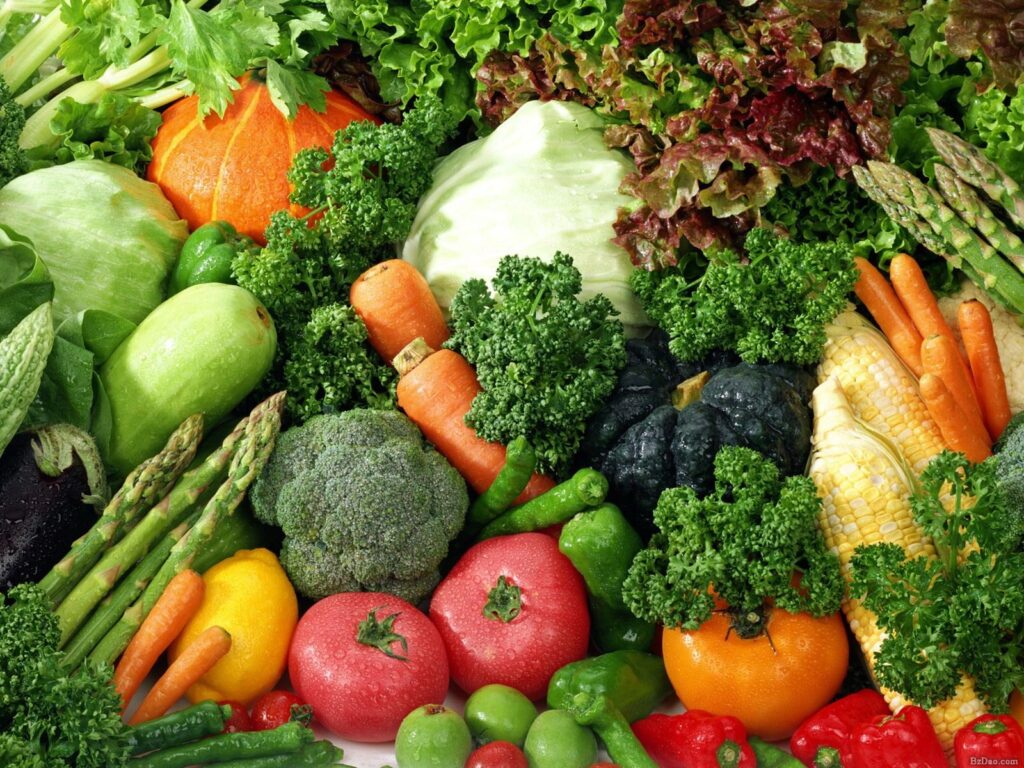
4. **Cruciferous Vegetables**Another family of vegetables that deserves a special mention for its anti-inflammatory prowess is the cruciferous group. This includes common favorites like broccoli, cauliflower, cabbage, Brussels sprouts, kohlrabi, turnips, and radishes. These vegetables are not just high in essential vitamins and fiber, but they also contain unique compounds, such as glucosinolates, which have been extensively studied for their protective and anti-inflammatory effects.
These compounds are metabolized into biologically active molecules that help to reduce oxidative stress and regulate the body’s inflammatory pathways. By supporting cellular health and assisting in detoxification, cruciferous vegetables play a key role in preventing the low-level inflammation that can silently contribute to chronic diseases. Regularly consuming these vegetables provides a robust defense mechanism for your body, helping it to combat environmental toxins and internal stressors.
Their crisp texture and distinct flavors make them excellent additions to a variety of dishes. Whether steamed, roasted, stir-fried, or even eaten raw in salads, cruciferous vegetables offer diverse culinary applications. Adding a serving of broccoli to your stir-fry, enjoying roasted cauliflower as a side, or incorporating cabbage into slaws are all fantastic ways to harness their powerful anti-inflammatory benefits and support a healthier aging process. These vegetables are truly foundational to an anti-inflammatory eating style.
Read more about: Beyond the Brain Fog: Uncovering 14 Key Nutrient Deficiencies Behind Chronic Fatigue and Cognitive Decline in Americans
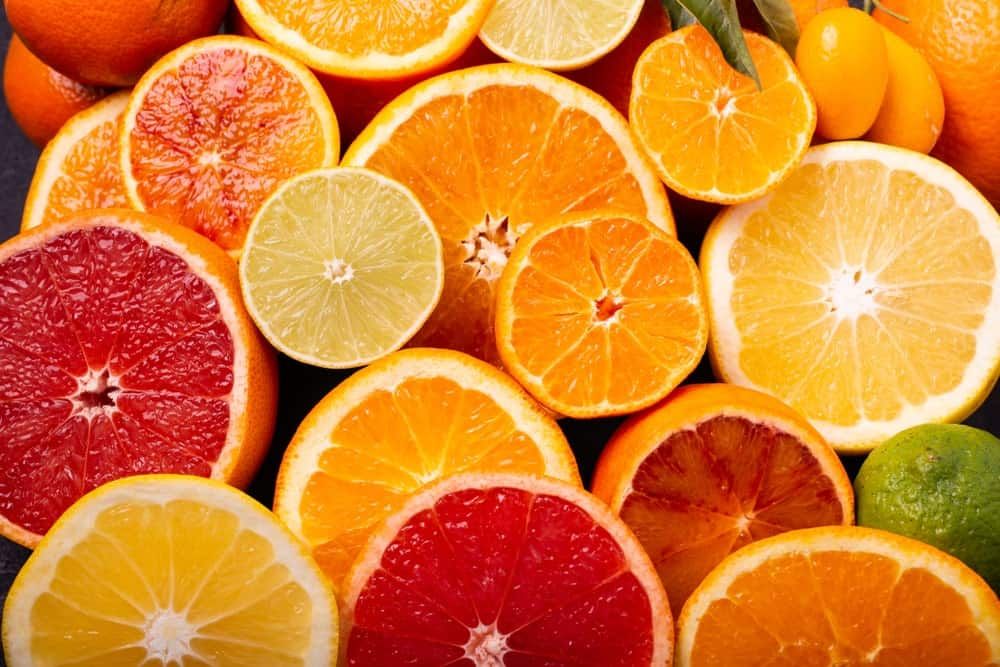
5. **Citrus Fruits**When we think of anti-inflammatory foods, vibrant citrus fruits often come to mind, and for excellent reasons. Oranges, grapefruits, pomelos, kiwis, and limes are veritable treasure troves of vitamin C, a powerful antioxidant known as ascorbic acid. This vitamin is pivotal in protecting your cells from oxidative stress, a condition that can trigger inflammatory responses throughout the body. By neutralizing free radicals, vitamin C helps to keep your cellular wear and tear in check, thereby preventing inflammation from taking hold.
Beyond their impressive vitamin C content, citrus fruits also provide a healthy dose of dietary fiber and various polyphenols, naturally occurring compounds that further protect the body from inflammation. These components work synergistically to support overall health, contributing to a robust immune system and aiding in digestion. A healthy gut, as we’ve learned, is intrinsically linked to reduced systemic inflammation.
Starting your day with a grapefruit, adding orange segments to a salad, or squeezing fresh lime juice over your meals are simple and delicious ways to incorporate these benefits. Not only do they add a refreshing zest to your diet, but they also actively contribute to your body’s ability to fight inflammation, making them a cornerstone of an anti-inflammatory eating plan, especially as you prioritize health and vitality after 40.
Read more about: Unlocking Peak Performance: The 13 Essential Supplements Recommended by Top Sports Doctors for Athletes
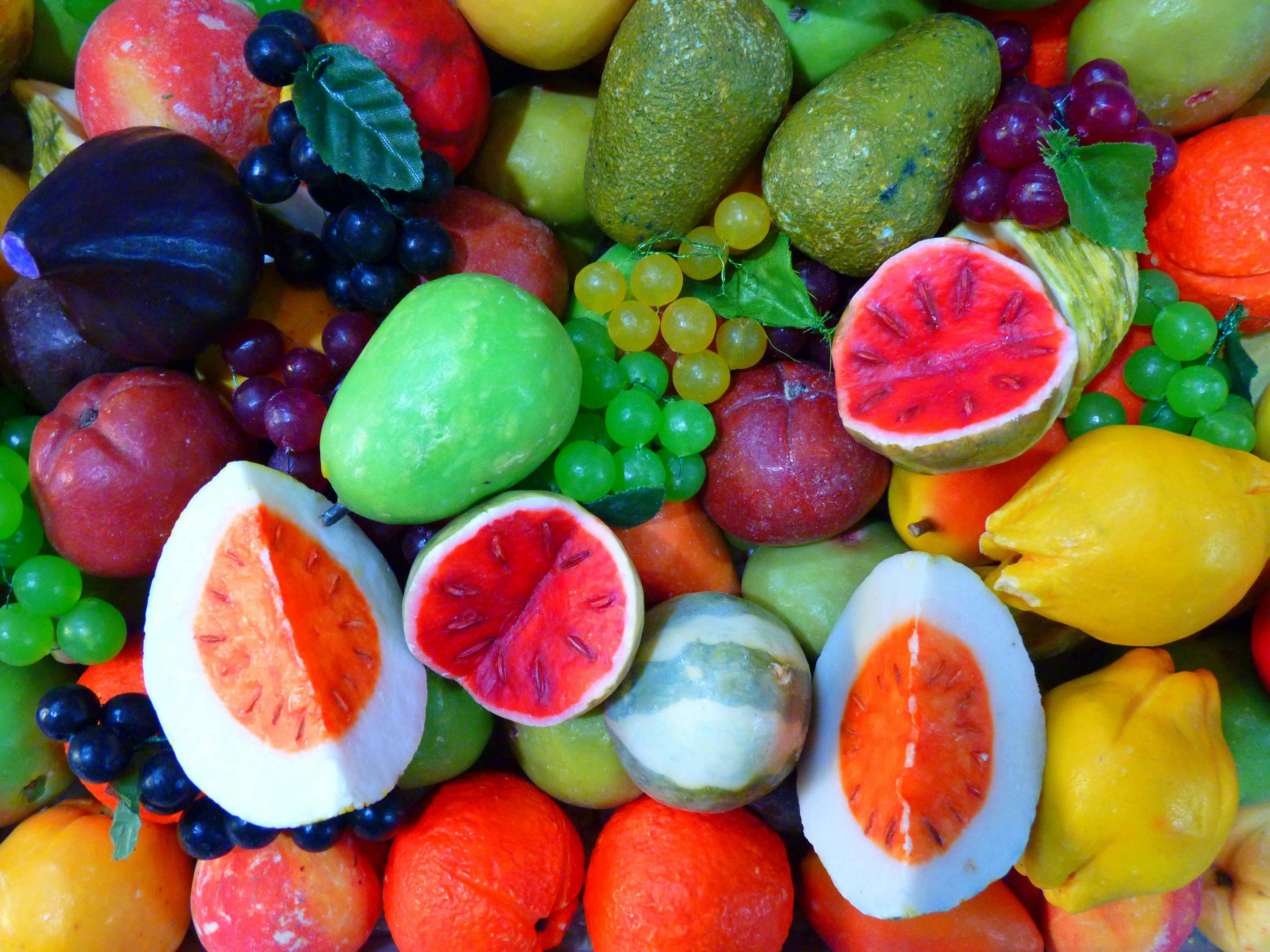
6. **Other Colorful Fruits**While berries and citrus fruits are renowned, the entire spectrum of colorful fruits offers significant anti-inflammatory advantages, making variety a true spice of life—and health. Fruits like apples (especially with their skin), papayas, pineapples, melons, and avocados each bring their unique blend of antioxidants, vitamins, and beneficial compounds to the table, all working to quell inflammation.
Take apples, for instance; their skin contains beneficial compounds that contribute to their anti-inflammatory profile. Pineapples contain bromelain, an enzyme known for its anti-inflammatory properties. Avocados are rich in healthy monounsaturated fats and antioxidants, which help reduce inflammation and support heart health. This vast array of fruits collectively provides polyphenols and other phytonutrients that safeguard your body against cellular damage and promote a healthy internal environment.
Embracing a ‘rainbow of fruits’ ensures you’re consuming a broad spectrum of these protective compounds. Whether you’re enjoying a crisp apple as a snack, adding papaya to your breakfast, or incorporating avocado into your salads, these choices significantly contribute to an anti-inflammatory diet. The emphasis on variety helps ensure that your body receives all the anti-inflammatory nutrients it needs, making your diet not just healthier, but also more exciting and enjoyable.
Read more about: Mastering the Art of No-Bake Desserts: 11 Foolproof Strategies to Achieve Perfect Setting Without Gelatin

7. **Whole Grains**Shifting from refined grains to whole grains is a fundamental step in cultivating an anti-inflammatory diet, particularly as your body’s needs evolve after 40. Unlike their processed counterparts, whole grains retain their bran, germ, and endosperm, which are packed with fiber, vitamins, minerals, and a host of anti-inflammatory compounds. Examples include oats, brown rice, wild rice, quinoa, wheat, rye, buckwheat, and millet.
The high fiber content in whole grains is a primary driver of their anti-inflammatory benefits. Dietary fiber acts as a prebiotic, feeding the beneficial bacteria in your gut. A healthy and diverse gut microbiome is crucial for managing inflammation, as it influences immune responses throughout the body. By promoting gut health, whole grains help to keep systemic inflammation at bay, contributing to improved gastrointestinal symptoms and overall well-being.
Furthermore, whole grains offer a steady release of energy, helping to stabilize blood sugar levels. Spikes in blood sugar can trigger inflammatory responses, so maintaining stable levels is key for an anti-inflammatory lifestyle. Choosing whole-wheat pasta, brown rice over white, or starting your day with oatmeal topped with berries are simple yet impactful substitutions. These dietary adjustments not only reduce inflammation but also support weight management and provide sustained energy, helping you feel more vibrant and energetic throughout your day.” , “_words_section1”: “1658
Continuing our journey through inflammation-fighting foods, it’s clear that nature’s pantry is brimming with ingredients designed to support our well-being. As we embrace life beyond 40, empowering ourselves with knowledge about what we eat can profoundly influence how we feel every single day. Let’s delve into seven more powerful food items that can help you cultivate a vibrant, anti-inflammatory lifestyle.
Read more about: Taste of Tenacity: 14 Cuisines Refusing to Yield Their Soul to Modern Global Techniques
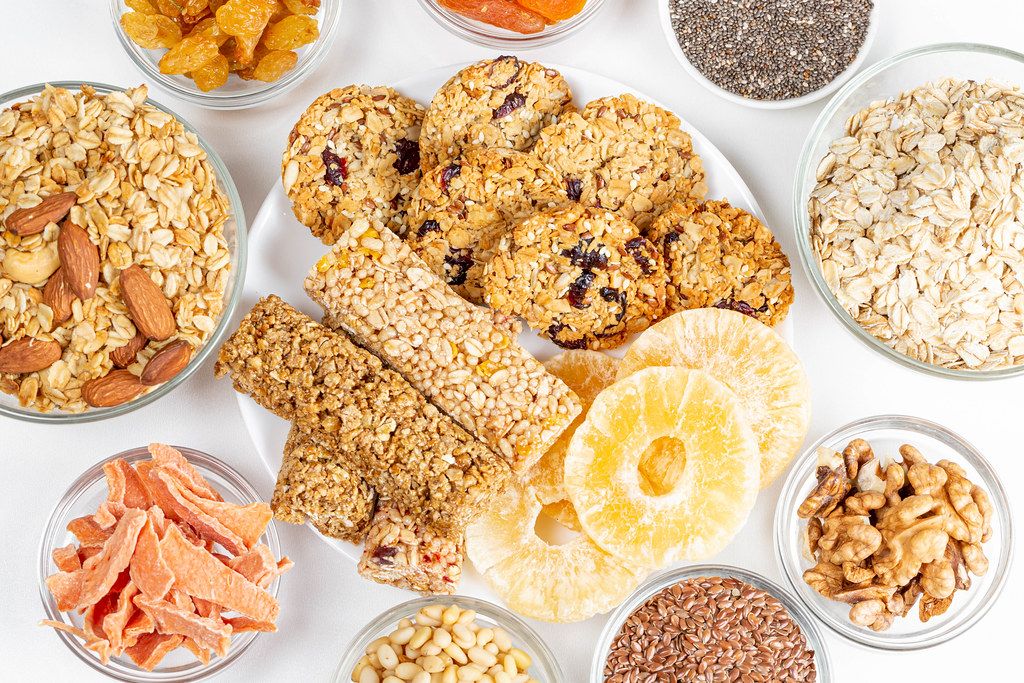
8. **Nuts and Seeds**These small but mighty foods are true nutritional powerhouses, often overlooked despite their impressive health benefits. Nuts like walnuts, almonds, pecans, and hazelnuts, along with seeds such as flax, chia, hemp, and sunflower, are packed with healthy monounsaturated and polyunsaturated fats, including beneficial omega-3 fatty acids. They also supply a generous amount of fiber, protein, and antioxidants, all of which contribute to their potent anti-inflammatory effects.
The healthy fats found in nuts and seeds, particularly the omega-3s in walnuts, flaxseeds, and chia seeds, play a crucial role in moderating the body’s inflammatory responses. These fats help shift the balance away from pro-inflammatory pathways. Additionally, many nuts and seeds are rich in vitamin E, another powerful antioxidant that helps protect cells from oxidative stress, a known trigger for inflammation. Their fiber content also supports digestive health, contributing to a balanced gut microbiome that is essential for systemic inflammation control.
Incorporating a small handful of nuts and seeds into your daily diet is remarkably simple. You can sprinkle them over your morning oatmeal or yogurt, toss them into salads for added crunch, blend them into smoothies, or simply enjoy them as a satisfying snack. Remember that while they are incredibly nutritious, nuts and seeds are calorie-dense, so moderation is key to reaping their benefits without overdoing it. Make them a regular fixture in your eating plan for a noticeable boost in your anti-inflammatory efforts.
Read more about: Mastering the Art of No-Bake Desserts: 11 Foolproof Strategies to Achieve Perfect Setting Without Gelatin
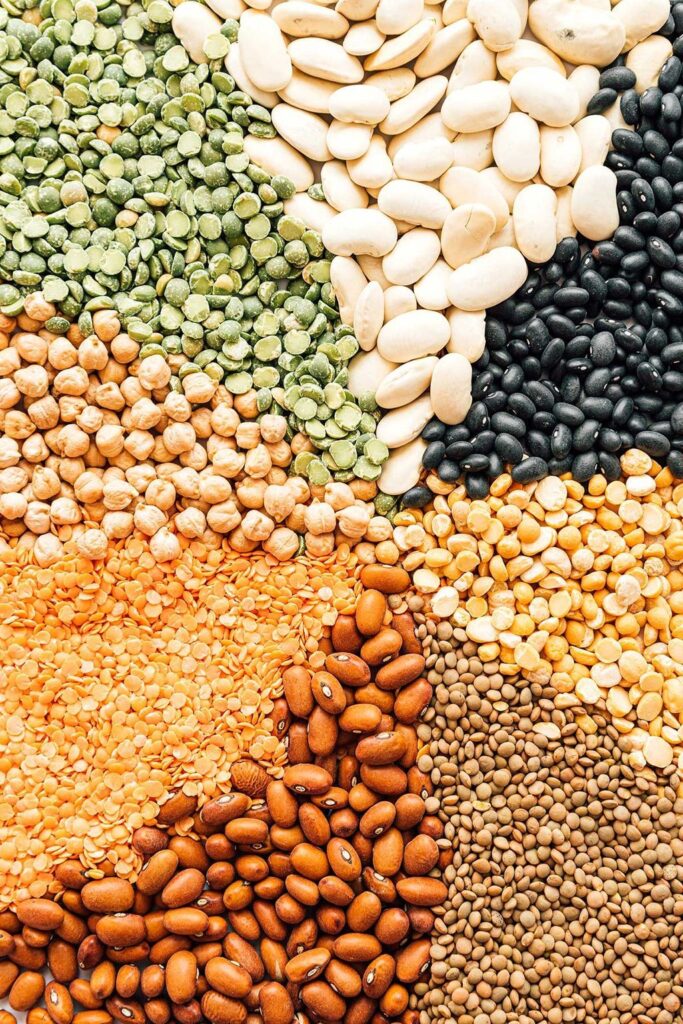
9. **Legumes and Plant-Based Proteins**When building a diet focused on reducing inflammation, legumes, which include dried beans, lentils, peas, and soy products, stand out as exceptional sources of plant-based protein, dietary fiber, and a wealth of phytonutrients. These versatile foods are often considered staples in healthy eating patterns like the Mediterranean diet, lauded for their ability to promote overall health and combat chronic disease.
The fiber in legumes acts as a crucial prebiotic, nourishing the beneficial bacteria in your gut. A thriving and diverse gut microbiome is intimately connected to a strong immune system and plays a significant role in regulating systemic inflammation. Beyond fiber, legumes help stabilize blood sugar levels, preventing the spikes that can trigger inflammatory responses. They are also rich in various B vitamins, iron, magnesium, and potassium, providing a comprehensive nutrient profile that supports cellular function and resilience against inflammation.
Integrating more legumes into your meals can be both delicious and economical. Consider adding them to hearty soups and stews, making vibrant salads, creating savory bean dips, or using lentil pasta as a whole-grain alternative. For those seeking to reduce meat consumption, legumes offer a fantastic, protein-rich substitute that delivers powerful anti-inflammatory benefits. They are a foundational element for a healthy, sustainable, and inflammation-fighting diet.
Read more about: Debunked: 14 Critical Protein & Muscle Building Myths That Experts Say Are Holding You Back
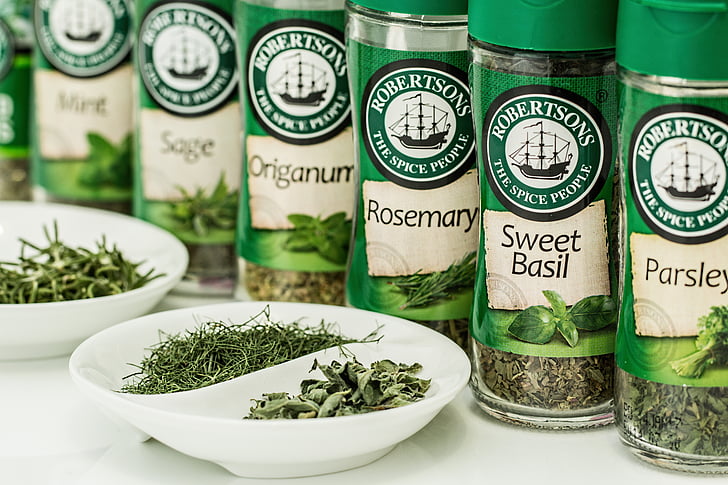
10. **Herbs and Spices**Beyond their culinary magic, herbs and spices are ancient healers, brimming with potent anti-inflammatory and antioxidant compounds. These natural flavor enhancers can transform everyday meals into powerful therapeutic agents, contributing significantly to your health after 40. Consider the vibrant turmeric, pungent ginger, aromatic garlic, and warm cinnamon – each a treasure trove of health benefits.
Turmeric, for instance, contains curcumin, a compound extensively studied for its remarkable anti-inflammatory properties, often compared to some anti-inflammatory medications. Ginger boasts gingerols, which help alleviate muscle pain and reduce inflammation, while garlic’s sulfur compounds support immune function and help reduce oxidative stress. Cinnamon is not only an antioxidant powerhouse but also plays a role in stabilizing blood sugar, preventing inflammatory spikes.
Making these herbs and spices a regular part of your cooking routine is an effortless way to infuse your diet with anti-inflammatory power. Add turmeric to curries and golden lattes, grate fresh ginger into stir-fries or teas, incorporate garlic into nearly any savory dish, and sprinkle cinnamon on oatmeal or fruit. Their consistent use can provide a cumulative effect, helping your body to naturally combat inflammation and promoting sustained well-being.
Read more about: Beyond the Plate: 7 Genius Ways Celebrity Chefs Keep Their Secret Recipes Under Wraps
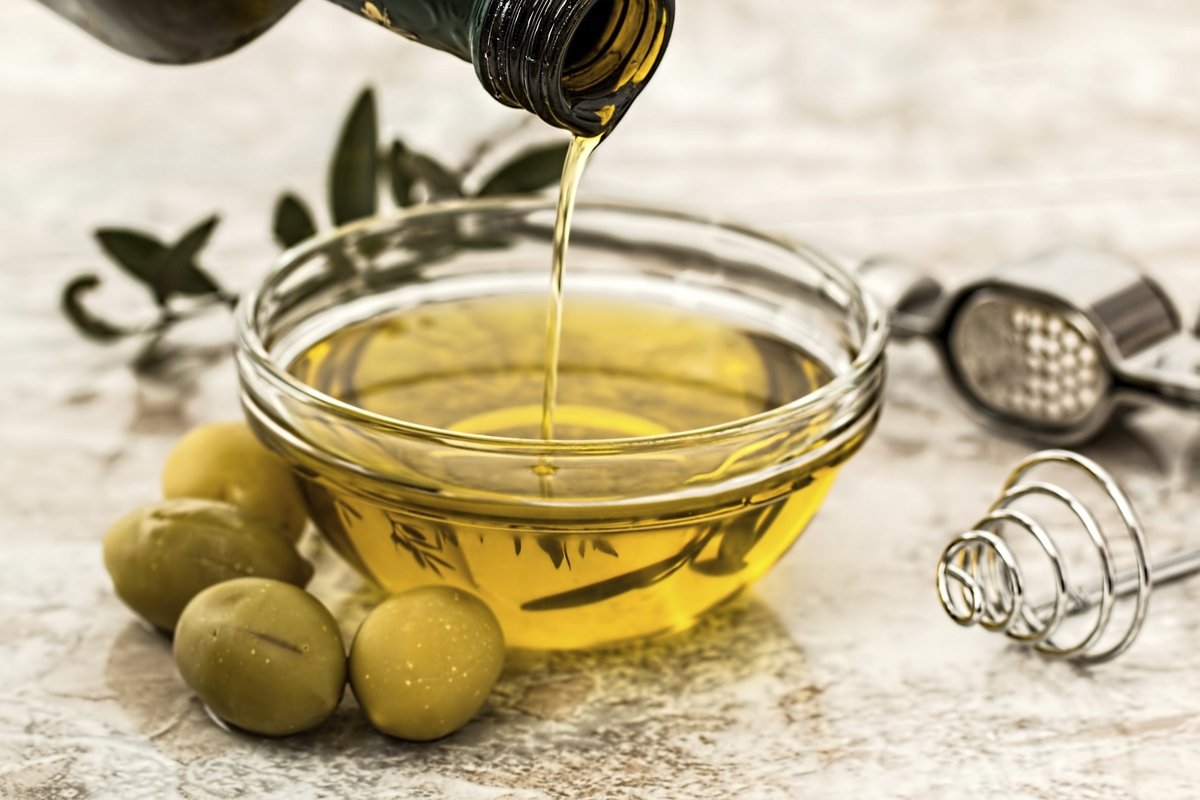
11. **Healthy Oils**Not all fats are created equal, and choosing the right cooking oils is a cornerstone of an anti-inflammatory diet. While some fats can promote inflammation, others, particularly extra virgin olive oil (EVOO), avocado oil, and canola oil, are celebrated for their protective effects. These healthy oils are rich in monounsaturated and sometimes polyunsaturated fats, along with beneficial antioxidants.
Extra virgin olive oil, a hallmark of the Mediterranean diet, is particularly praised for its high concentration of oleocanthal, a compound that mimics the effects of ibuprofen in reducing inflammation. It’s also packed with polyphenols, potent antioxidants that protect cells from damage. Avocado oil, with its high smoke point and similar monounsaturated fat profile, is another excellent choice, while canola oil (when high quality and non-GMO) offers a good source of omega-3s and monounsaturated fats.
Swap out less healthy cooking fats and margarine for these inflammation-fighting alternatives. Use extra virgin olive oil generously in salad dressings, as a finishing oil, or for sautéing at lower temperatures. Avocado oil is ideal for roasting vegetables or stir-frying due to its higher heat tolerance. By making conscious choices about your oils, you’re actively supporting your cardiovascular health and systematically reducing inflammatory processes throughout your body.
Read more about: 14 Major Cooking Oils That Flat-Out Refused to Reach a High Smoke Point Safely: A Deep Dive for the Discerning Cook
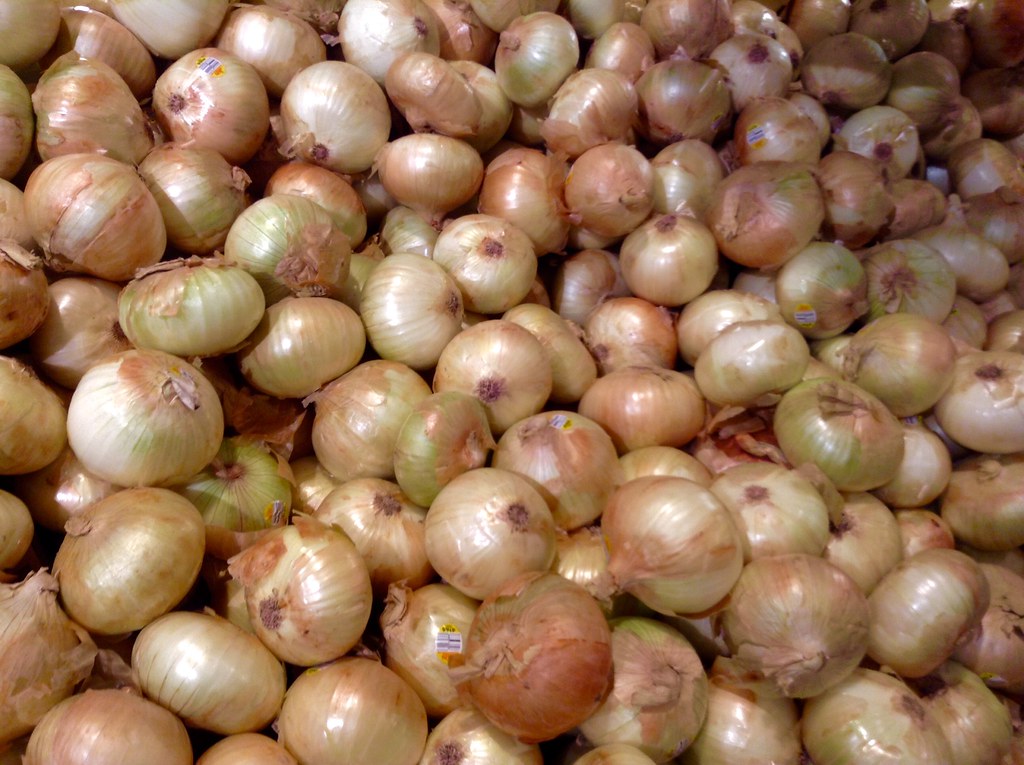
12. **Onions**Often seen as a humble kitchen staple, the unassuming onion possesses remarkable anti-inflammatory capabilities that make it a valuable addition to your diet after 40. Belonging to the allium family, alongside garlic, leeks, and chives, onions are far more than just a flavor enhancer; they are a nutritional gem.
The power of onions largely comes from quercetin, a potent flavonoid antioxidant that has been extensively studied for its ability to fight inflammation. Quercetin works by inhibiting the production of inflammatory mediators in the body, helping to reduce swelling and pain. Additionally, onions contain unique sulfur-containing compounds that contribute to their distinctive flavor and are also believed to offer protective benefits against various chronic diseases by supporting detoxification pathways.
Incorporating onions into your daily meals is incredibly easy due to their versatility. They can be enjoyed raw in salads for a pungent kick, sautéed as a base for almost any savory dish, roasted to bring out their natural sweetness, or added to soups and stews. Whether red, white, or yellow, including onions regularly in your cooking is a simple yet effective strategy to boost your intake of inflammation-fighting compounds and support your overall health.
Read more about: Taste of Tenacity: 14 Cuisines Refusing to Yield Their Soul to Modern Global Techniques

13. **Green Tea and Coffee**When considering beverages in an anti-inflammatory lifestyle, green tea and coffee often stand out for their significant health-promoting properties. While plain water is always the ultimate hydrator, these popular drinks offer a delicious way to consume powerful antioxidants and polyphenols that can actively combat inflammation.
Green tea is celebrated for its high concentration of catechins, particularly epigallocatechin gallate (EGCG), a potent antioxidant that helps neutralize free radicals and reduce oxidative stress, a key driver of inflammation. Studies have shown that regular green tea consumption can contribute to a lower risk of chronic diseases. Coffee, too, is a rich source of various polyphenols, including chlorogenic acid, which also exhibits strong antioxidant and anti-inflammatory effects.
To maximize their benefits, enjoy green tea and coffee unsweetened or with minimal additions. Avoid excessive sugar or processed creamers, which can counteract their positive effects. Making these beverages a mindful part of your routine can provide a pleasant daily dose of anti-inflammatory compounds. Remember, for optimal hydration and overall health, plain water should still be your primary drink of choice.
Read more about: Debunking 14 Everyday Myths: A Vox Explainer on the Misconceptions That Shape Our Reality

14. **Sweet Potatoes and Mushrooms**Rounding out our list of anti-inflammatory champions are sweet potatoes and mushrooms, two distinct yet equally powerful vegetables that offer unique nutritional advantages. These foods contribute a wealth of vitamins, minerals, and specialized compounds that work synergistically to soothe and protect your body from the internal fires of inflammation.
Sweet potatoes are a fantastic source of beta-carotene, an antioxidant precursor to vitamin A, which plays a vital role in immune function and cellular health. Their high fiber content also contributes to a healthy gut microbiome, which, as we’ve discussed, is paramount in managing systemic inflammation. Mushrooms, on the other hand, offer a unique profile of selenium, B vitamins, and specialized polysaccharides like beta-glucans, known for their immune-modulating and anti-inflammatory effects. They can help your body’s defense systems operate more efficiently.
Integrating sweet potatoes and mushrooms into your diet is both easy and delicious. Roast sweet potato wedges with a drizzle of healthy olive oil and your favorite herbs for a vibrant side dish. Sauté mushrooms with garlic and add them to omelets, stir-fries, or as a savory topping for whole-grain toast. These vegetables not only add diverse flavors and textures to your meals but also provide robust support for your anti-inflammatory efforts, helping you feel healthier and more energetic.
Read more about: Taste of Tenacity: 14 Cuisines Refusing to Yield Their Soul to Modern Global Techniques
Embracing an anti-inflammatory diet, especially after age 40, is truly a transformative step towards lasting well-being. It’s not about restrictive rules but about making informed, conscious choices that empower your body to heal and thrive. As Julia Zumpano reminds us, small, impactful changes sustained over time lead to the most significant results. Beyond just food, remember to pair these dietary shifts with other pillars of health, such as maintaining a healthy body weight, engaging in regular physical activity, and effectively managing stress. By adopting this holistic approach, you’re not just chasing fleeting diet trends; you’re building a foundation for a healthier, more vibrant you, feeling better than you ever thought possible. Your body will thank you for nourishing it with the power of nature’s best inflammation fighters.” , “_words_section2”: “1945


